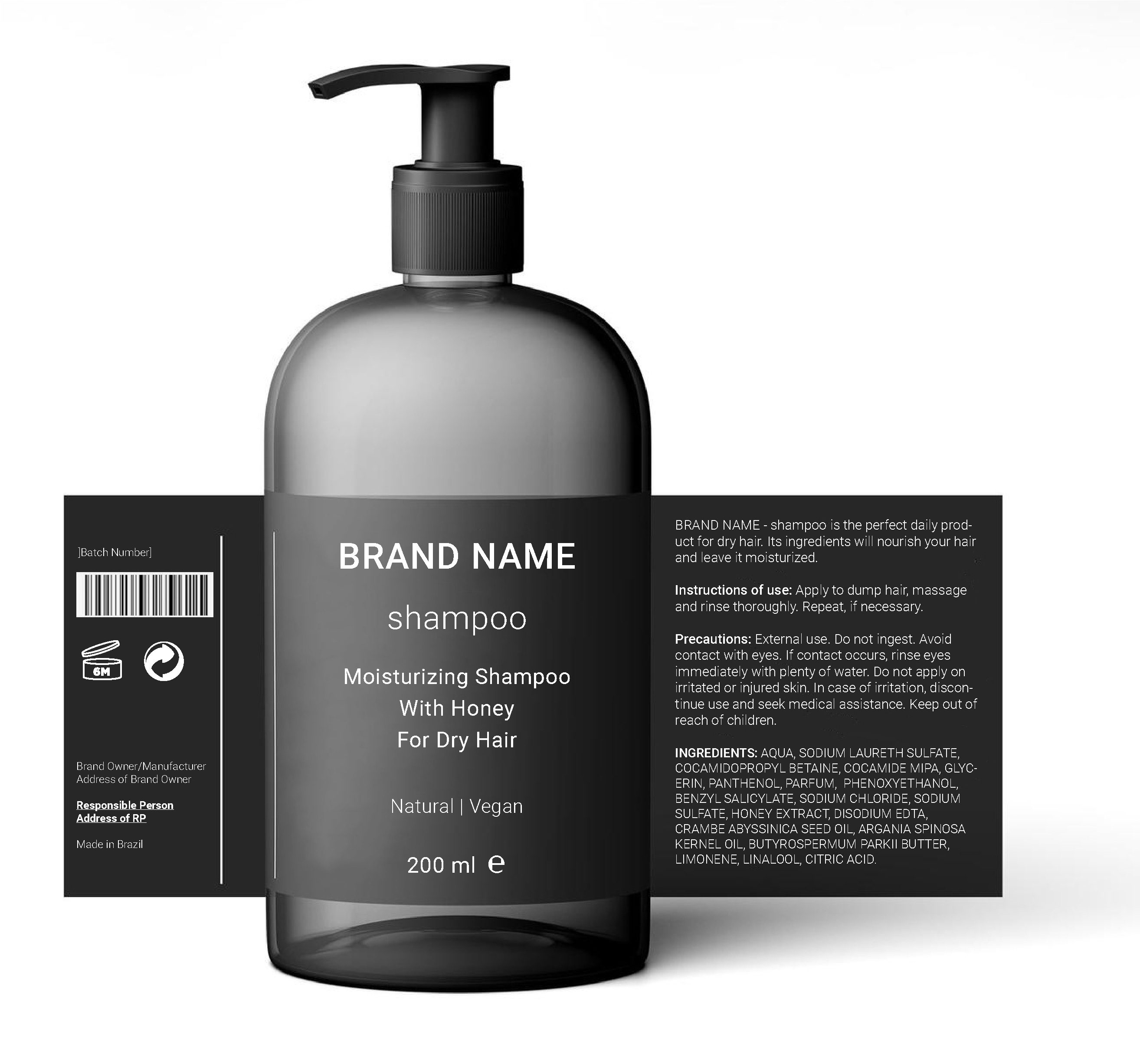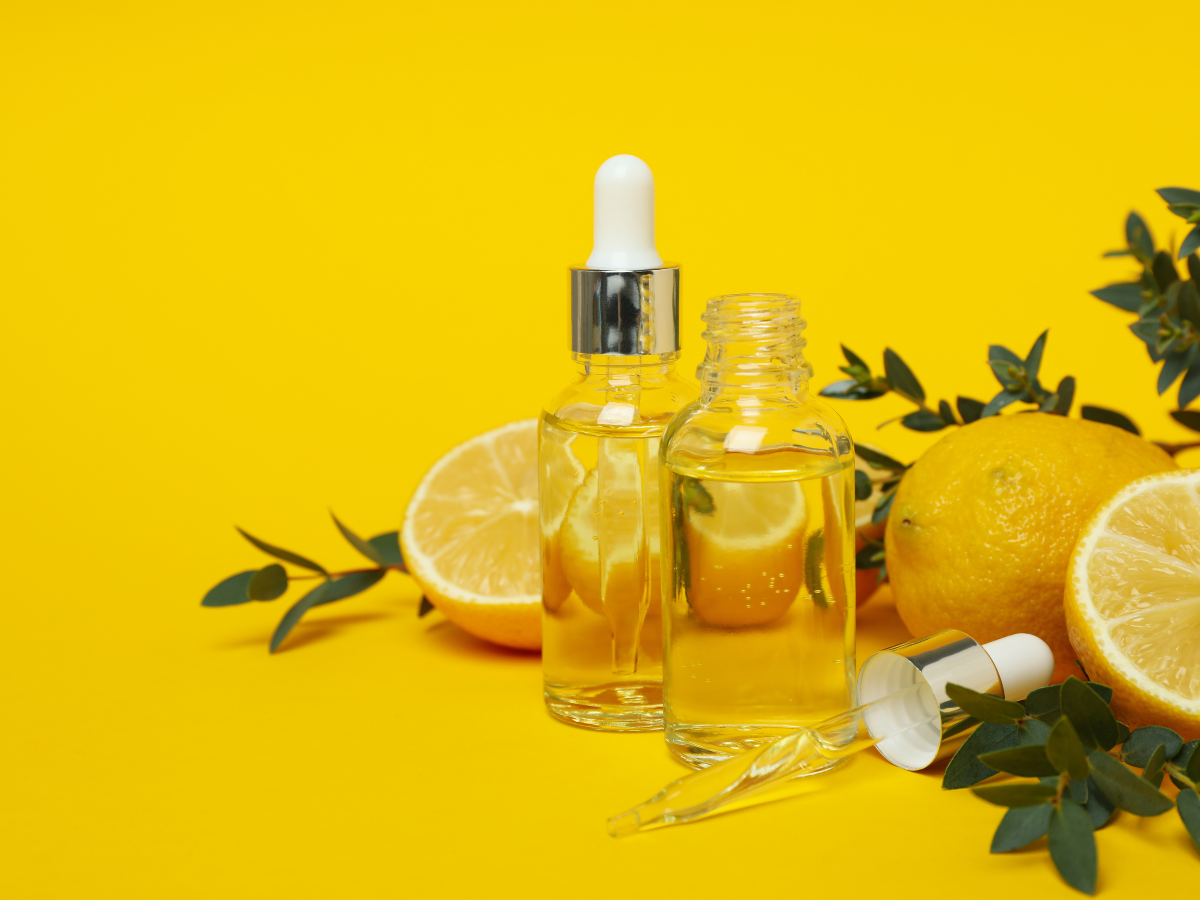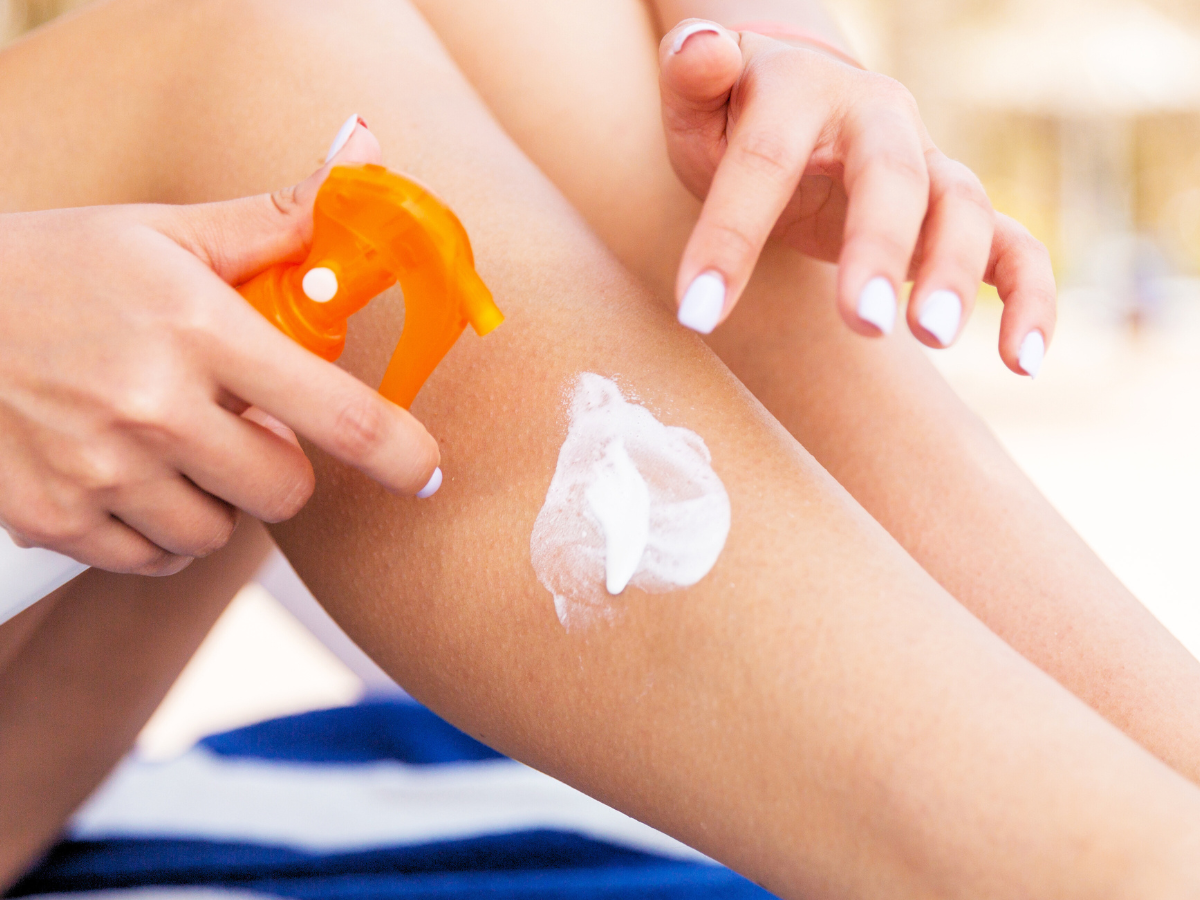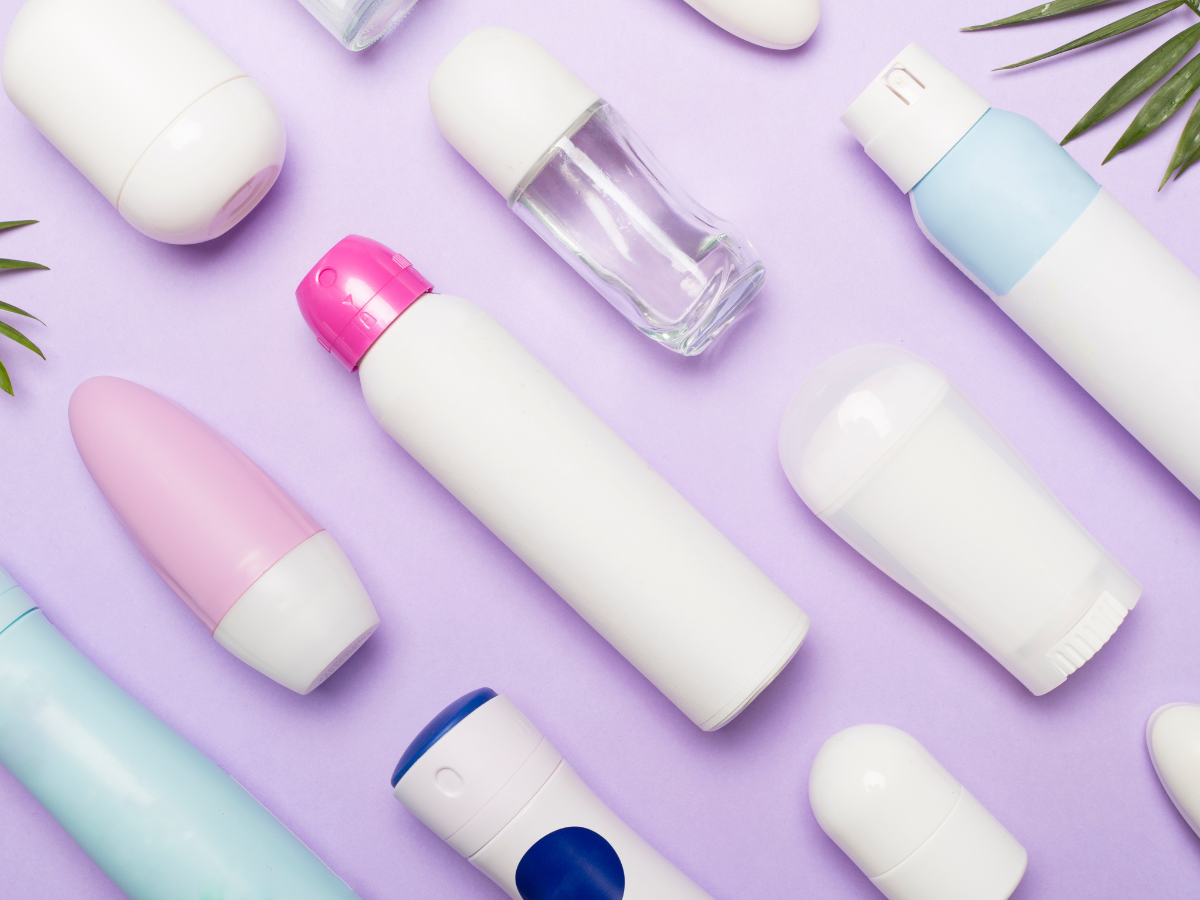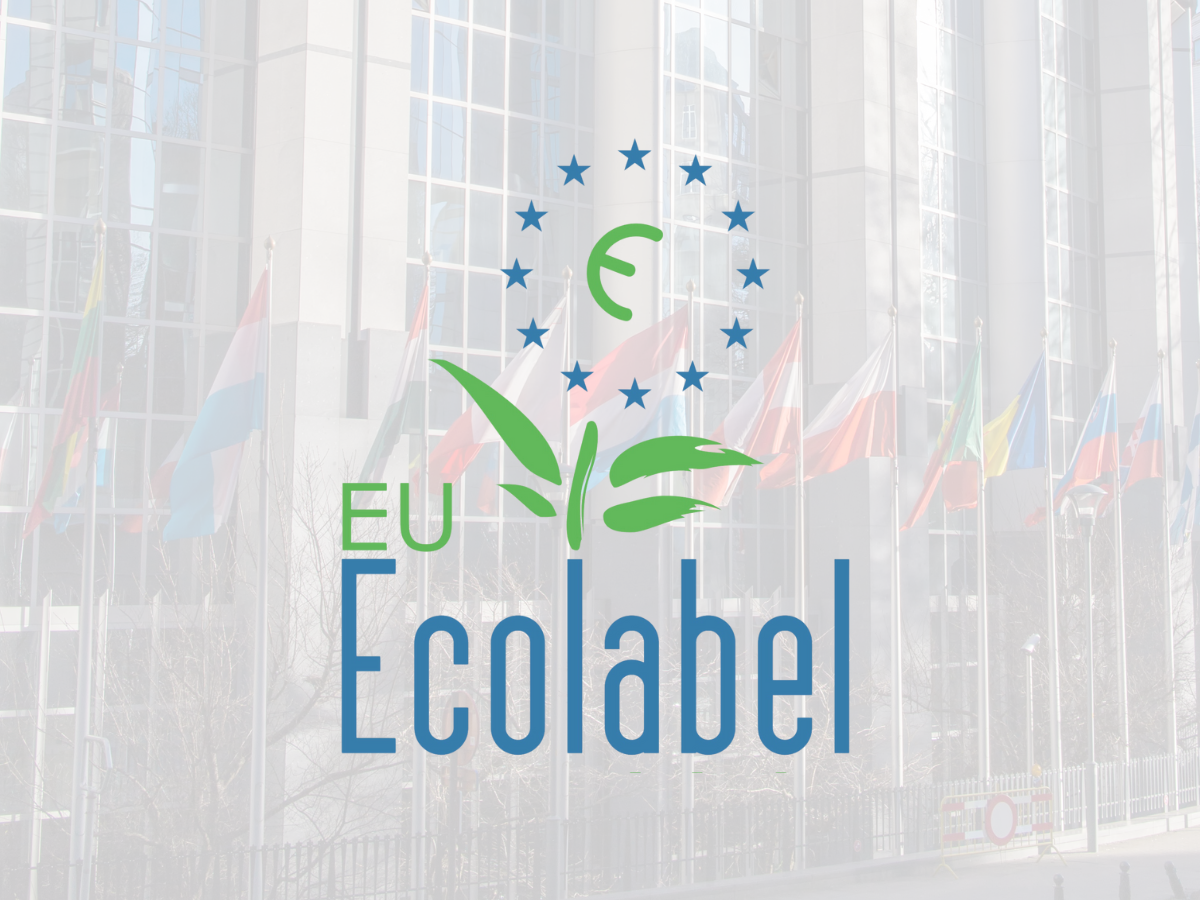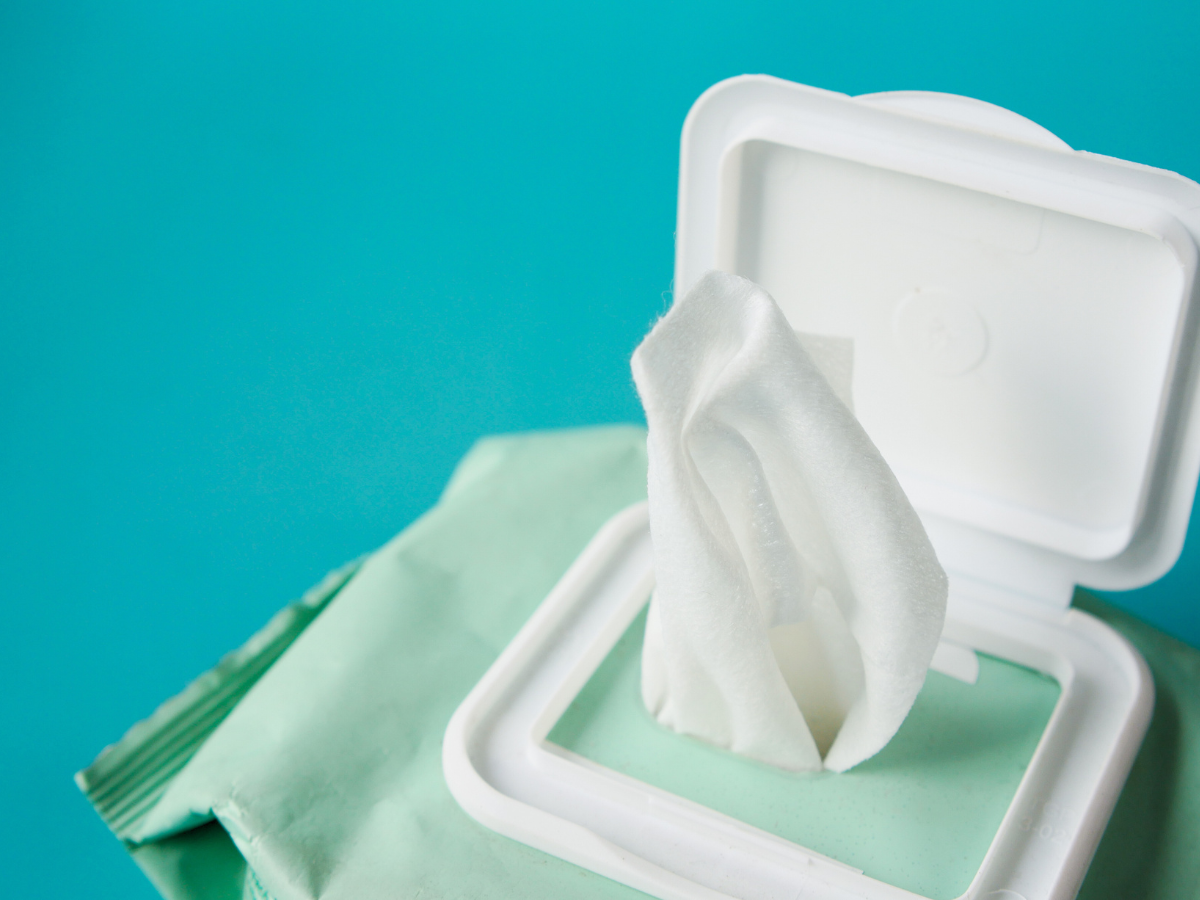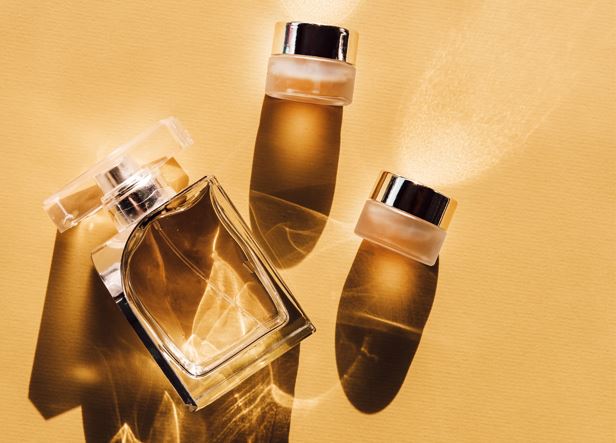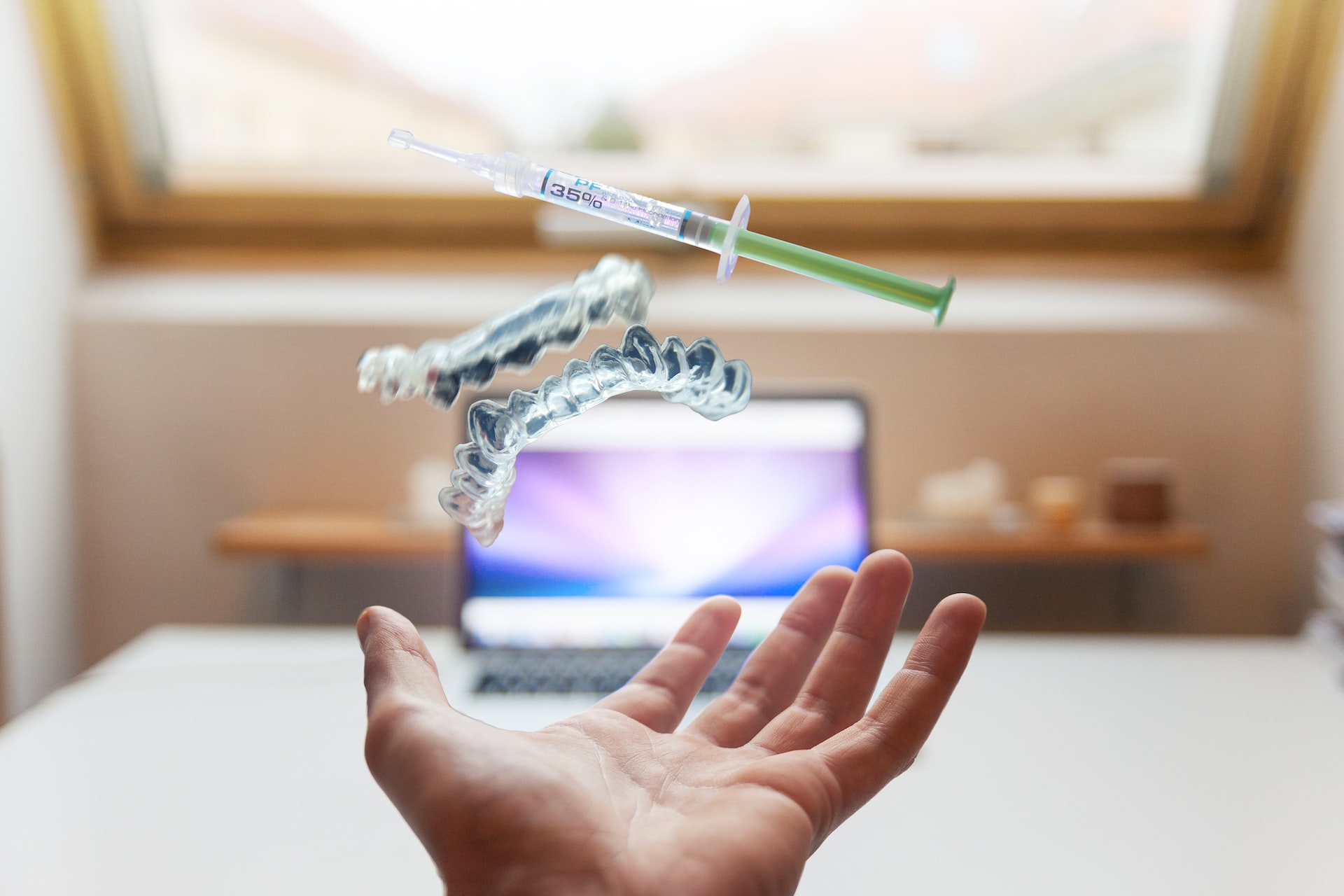EUROPEAN UNION LEGAL FRAMEWORK
A cosmetic product made available on the market shall be safe for human health when used under normal or reasonably foreseeable conditions of use.
According to the European Regulation on Cosmetic Products (Regulation (EC) No 1223/2009), before making available a cosmetic product on the market the Responsible Person (RP) shall notify the product in the Cosmetic Products Notification Portal (CPNP). (see previous posts on CPNP and RP)
The original labelling, and, where reasonably legible, a photograph of the corresponding packaging are two of the mandatory information that need to be notified by the RP.
Cosmetic products introduced in the EU market must indicate in their container and packaging (in indelible, easily legible and visible lettering) the following information:
- Name and address of the RP
- If several addresses are indicated, the one where the RP makes readily available the PIF shall be highlighted (see previous post)
- Nominal content at the time packaging (weight or volume)
- Date until which the cosmetic products, stored under appropriate conditions, will continue to fulfil its initial function and will remain safe for human health
- ‘Date of minimum durability’ or ‘Period After Opening’ (PAO)
- Particular precautions to be observed in use and any special precautionary information on cosmetic products for professional use
- Batch number of manufacture or the reference for identifying the cosmetic product
- Function of the cosmetic product (unless it is clear from its presentation)
- List of ingredients in descending order of concentration, preceded by the term ‘ingredients
For imported cosmetic products, the country of origin also needs to be indicated in the label.
COSMETIC PRODUCT CLAIMS
The majority of cosmetic products available on the market include claims on their label.
Claims can be in the form of texts, names, trademarks, pictures and figurative or other signs that convey explicitly or implicitly product characteristic or functions in the labelling, marketing and advertising of cosmetic products.
A cosmetic product cannot contain or imply false or irrelevant information and its claims should be supported by adequate and verifiable evidence (i.e., nothing should be claimed that cannot be supported). Overall, cosmetic products claims must be clear, true, objective, understandable and give enough information to allow consumers to make informed decisions. (see previous post)
Claims must be supported and properly substantiated, which means that the information provided must be proven. This proof may be obtained by researching the available literature, by experimental studies, by performing consumer perception tests or using all of the above. The decision on how to do it should be made in accordance with the nature of the product and type of claim.
SPECIFIC CLAIMS AND SUBSTANTIATION
Consumer demands are shaping the cosmetics industry and making it more sustainable and ‘eco-friendly’. Cosmetic companies are trying to adapt and we can see an increasing number of cosmetic products claiming to be ‘natural’, ‘environmental friendly’ and similar. But how can such claims be supported and properly substantiated?
For example, ISO 16128 provides guidelines on definitions and criteria for natural and organic cosmetic ingredients and products, specific to the cosmetics sector. Besides ISO 16128, the COSMOS and Natrue certifications have been used for cosmetic products and raw materials, and products compliant with these two are clearly labelled as such. The ISO standard may be used simultaneously with the other certifications and provides a worldwide unified criteria, but it does not work as a marketing claim (or label). (see previous post)
Nevertheless, more guidelines are needed when talking about clean, eco-friendly and sustainable products. These should cover responsible sourcing and stablish standards for higher degrees of transparency.
‘Free from’ claims are also a market trend and very much appreciated by consumers. Annex III of the Technical document on cosmetic claims (prepared by the Sub-Working Group on Claims) provides guidance for the application of the common criteria established by the Commission Regulation (EU) No 655/2013 to ‘free from’ claims. It includes illustrative and non-exhaustive examples of this type of claims, with the aim of helping the industry to correctly use them. (see previous post)
One example is the ‘free from parabens‘ claims, which should not be used. Certain parabens are safe when used according to the European Cosmetics Regulation, and the use of these type of claims is denigrating the entire group of parabens (authorized substances).
Not sure if your cosmetic product labelling is compliant with regulation? Need help on claims substantiation? Critical Catalyst can help! Feel free to contact us at info@criticalcatalyst.com.
References:
- Regulation (EC) No 1223/2009 of the European Parliament and of the Council of 30 November 2009 on cosmetic products.
- Commission Regulation (EU) No 655/2013 of 10 July 22013 laying down common criteria for the justification of claims used in relation to cosmetic products.
- ISO 16128-1:2016. Cosmetics — Guidelines on technical definitions and criteria for natural and organic cosmetic ingredients – Part 1: Definitions for ingredients.

